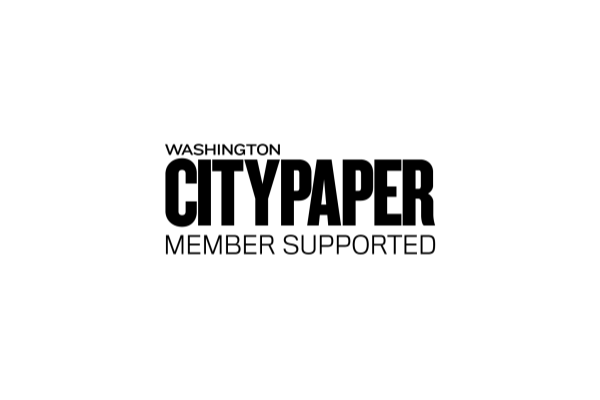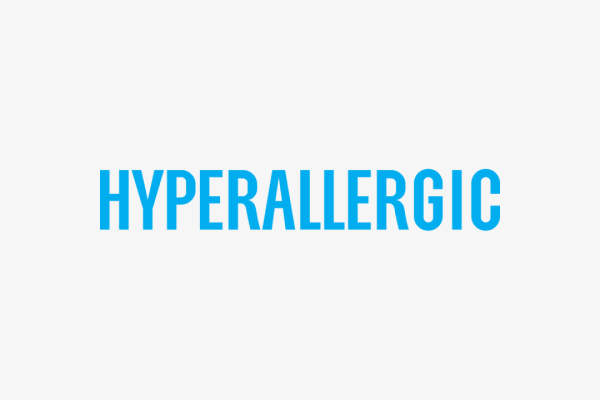

The Newspack Case Study is an ongoing series highlighting the best practices of publishers who use Newspack’s Platform for News—a suite of tools designed to drive editorial excellence and business success.
The Case:
Since 1981, Washington City Paper has been a unique, irreverent, and independent source of news for Washington, D.C. Like many alt-weeklies, City Paper suffered from decades of declining advertising sales, rounds of layoffs, and—in fall 2017—an unexpected sale. In September 2019, under new ownership, City Paper launched a membership program as a way to diversify its revenue sources.
The Stats:
Number of readers who have supported Washington City Paper: 2,300
Percentage of total revenue from members: 10-15%
City Paper’s average conversion rate for all CTAs (in Q4 2021): 0.18%
The Backstory:
Will Warren has held many different positions at Washington City Paper. He began at the alt-weekly as a part-time copy editor, has written news stories and hosted City Paper’s podcast, and until recently, edited the paper’s daily newsletter. But it’s his current job, as Multimedia Editor & Membership Director, that makes him feel most connected to readers.
“My colleagues do really good work, and it’s great that we can get people to support it,” Warren said. “Being able to create a direct link between the people who are benefiting from the journalism with the journalists who are doing the hard work of making it is very rewarding.”
Warren is responsible for running City Paper’s membership program, which he built from the ground up. Not long after the program’s launch in September 2019, City Paper was accepted into Facebook Journalism Project’s Membership Accelerator program, which was slated to launch in March 2020—the same month COVID-19 was declared a pandemic.
Between the accelerator program, which was held virtually, and COVID coverage, which became a major source of traffic and reader support for news organizations, Warren and his colleagues found themselves “in a pressure cooker for our membership program.” Later that year, City Paper joined Newspack and News Revenue Hub, which offered the technology and expertise to take their member efforts even further.
Through it all, Warren has mastered the art of creating strong calls-to-action, or CTAs, thereby converting readers into members. He does this by constantly testing new approaches, measuring what works, and tweaking what doesn’t.
“I’m always trying to figure out who is looking at something [on the site], what should be asked of that person, and in what way we should ask it,” he said.
All of Warren’s experimenting has paid off. Since City Paper’s membership launch in 2019, more than 2,300 readers have signed up to support the alt-weekly.
The Takeaways:
How does Warren do it? He offered three tips that have contributed to Washington City Paper’s membership success.
- Make time to test CTAs, and make it a priority.
Warren uses Newspack’s Campaigns tool to create every City Paper CTA, whether he’s prompting readers to subscribe to newsletters, become members, or interact with additional content. The tool allows Warren to segment his audience into distinct cohorts so they don’t all see the same message. (CTAs in this context refer not just to popups and also a variety of in-line messages.)
A first-time City Paper visitor, for example, would see a homepage block that reads, “New to Washington City Paper?” That prompt takes readers to an About page, which includes newsletter sign-ups and an opportunity to donate. A repeat visitor would see a CTA in that same spot that directs them to sign up for City Paper’s daily newsletter. And a frequent visitor, someone who’s visited the site three or more times in 30 days, would receive a CTA to become a paying member.
Each week, Warren tests out different CTAs—tweaking things like, wording, placement, and color—and tracks their performance on a spreadsheet. He says that, oftentimes, the improvement from one change to another is as small as a fraction of a percent, “but if you’re improving in that magnitude every week, it makes a big difference.”
“It’s one of those delayed gratification things—you just have to make the time to do it.”
- Look outside of journalism for inspiration.
Now that Warren works in membership, his experience browsing online is entirely different. “Once you start working in this space, you notice how many things are designed to get your email address, take some action, or click on something,” he said.
Warren said he’s always taking inspiration from other organizations that convert readers to members, subscribers, or customers. “Newsrooms are obviously a great place to do that,” he said, “but there are other places that are doing the same thing—trying to convert people—that you can look at as well.”
Recently, Warren visited a fashion blog that was designed entirely to get readers to sign up for a newsletter. He’s also gotten ideas from local restaurants, especially ones that use eye-catching pop-ups.
“You can find lots of fun ways that people outside of the journalism world are talking directly to their audiences,” he said.
- Measure your own success.
Warren says that the best advice he has for people creating CTAs is to track their own performance and to measure success from there.
“It can be nice to know other organizations’ best performing CTAs, but ultimately, a good CTA conversion rate is one that’s higher than yours,” he said.
“It’s really about improving your own performance over time, more than trying to reach the standard of some other totally different newsroom with a totally different audience,” he explained.
At City Paper, Warren focuses on two key areas: members and newsletter subscribers. These metrics go hand in hand, he explained, as “newsletter subscribers often become members.” In particular, the City Paper staff aims for 5% newsletter growth, month over month.
Warren encourages people to take an experimental approach as they set their own goals—keeping track of what works and tweaking what doesn’t. “Once you get the hang of it, it’s pretty fun.”





